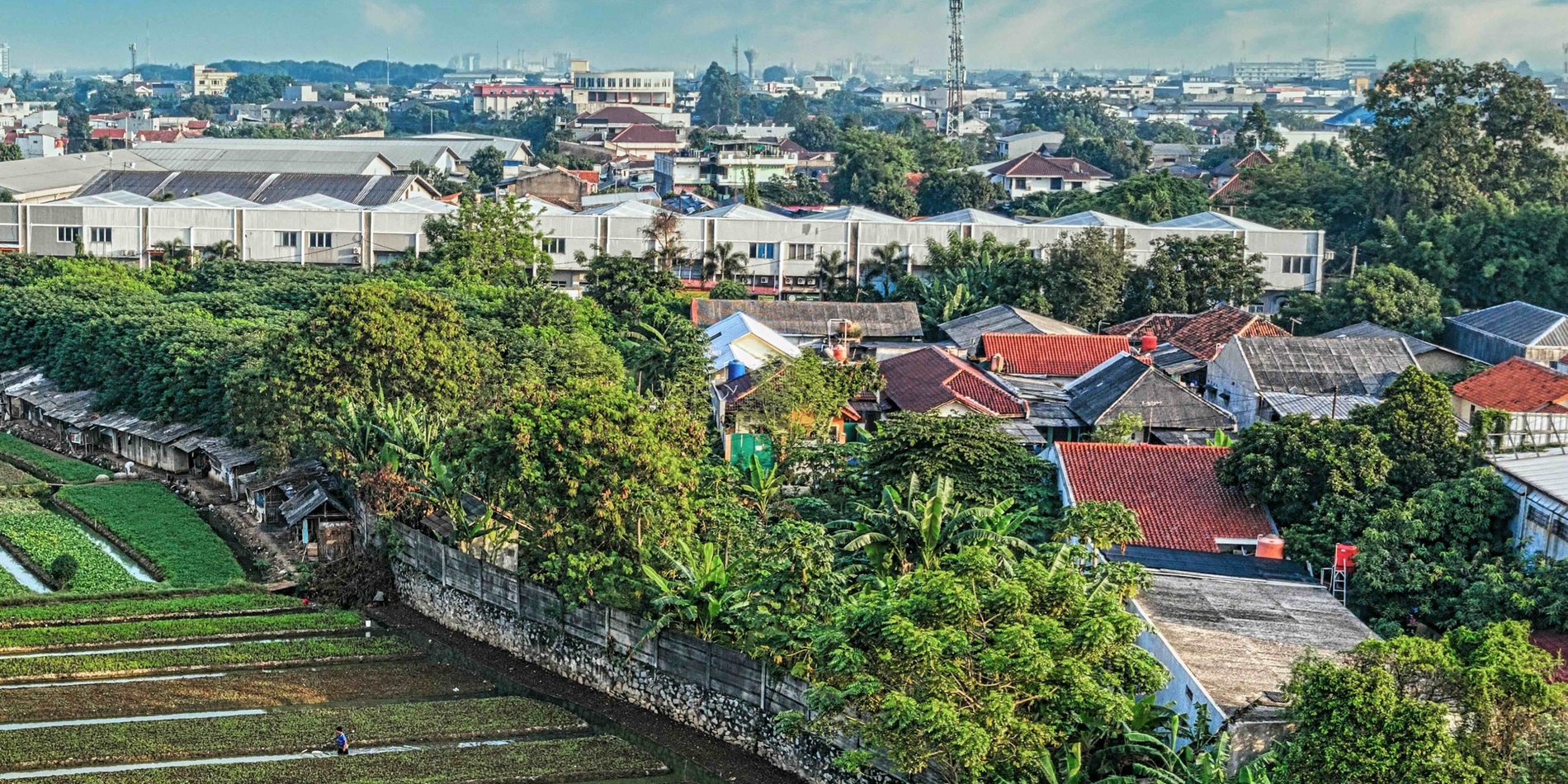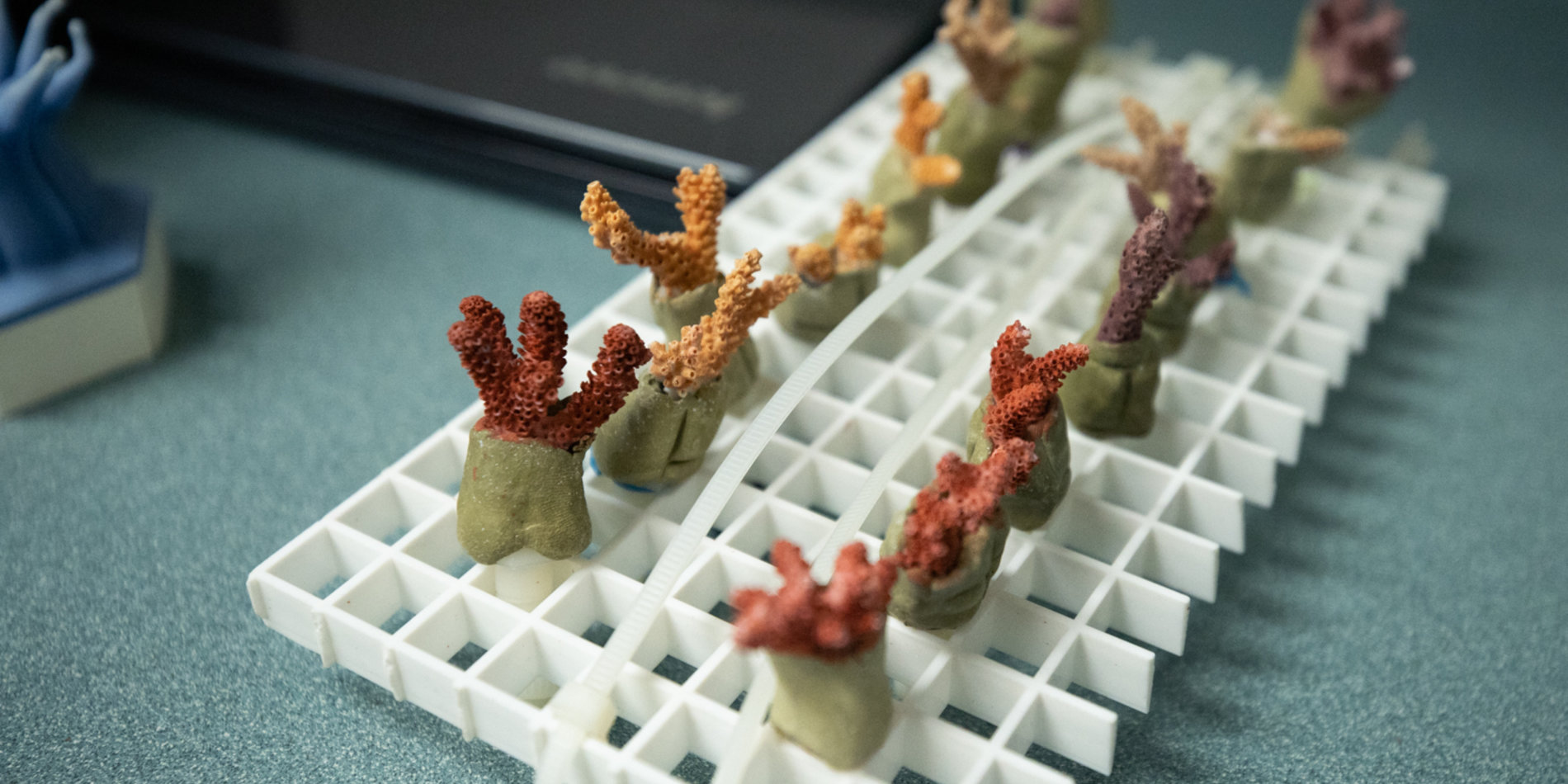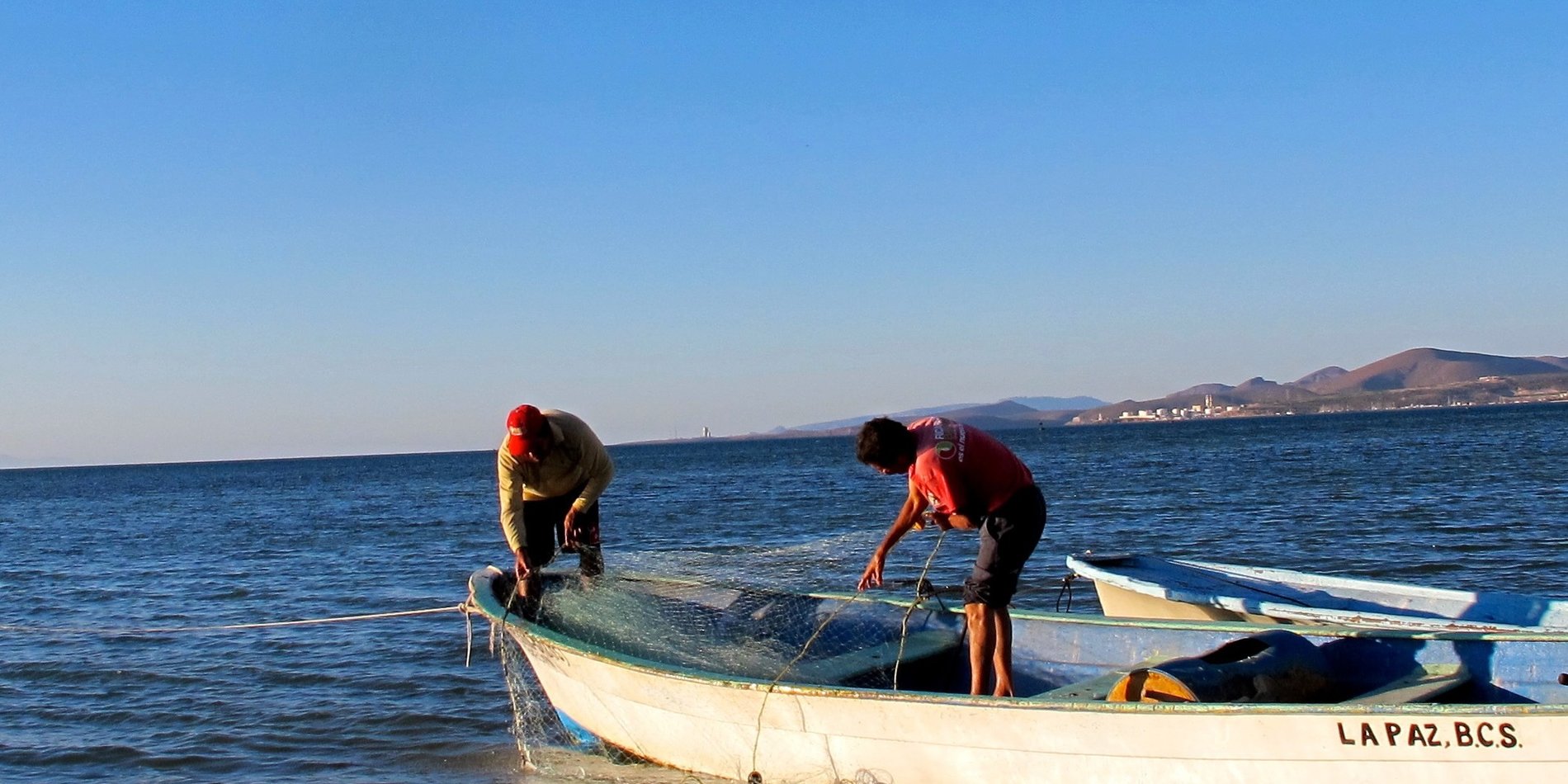New pop-out course designs future fisheries livelihoods
Shaping the future of work in the age of the Fourth Industrial Revolution requires taking a dynamic look at how individuals, communities, and societies value and support livelihoods. How might this look in the context of seafood production, one of the fastest growing sources of global food consumption? This was the central question explored in a new Pop-Out course taught by Ocean Design Fellow Erika Woolsey, Stanford Center for Ocean Solutions Research Development Manager Eric Hartge, and d.school lecturer Tessa Forshaw. Titled “Possible Future Livelihoods”, the course investigated the intersections of seafood production, livelihoods, and equitable work.
To take a deeper dive into the world of fisheries, the class - a group of 15 students, scientists, and community members - gathered at the World Economic Forum Centre for the Fourth Industrial Revolution (WEF) in San Francisco last week.
The course was one of the Stanford d.school’s pop-out experiences, a series of workshops offered every quarter to Stanford affiliates and community members on specific topics. Pop-outs allow participants to engage deeply with immersive experiences that incorporate design thinking techniques and attempt to bring together thinkers from a variety of backgrounds.
“Possible Future Livelihoods” used design thinking techniques to address future livelihoods under a rapidly industrializing world. Coupled with environmental changes, these shifts pose a challenge to many parts of the seafood industry, from deep-sea fishers to distributors to high-end chefs. “Possible Future Livelihoods” sought to address those challenges and brainstorm approaches to designing for the future of fisheries.
Over the course of two class meetings and with the integral support of Mary-Kate Morley Ryan, Senior Manager at Accenture, and Mark Caine, WEF, the teaching team guided participants through four main sessions.
The first session focused on mapping seafood flow systems, and started by having each participant choose a type of seafood that they were interested in, and mapping the path of that seafood species from harvest to consumption. Then participants shared their flow systems with small groups, and each group chose a species that they would focus on for the remainder of the course. By the first half of Day 1, four species of interest had emerged: Ilish (Bangladesh’s national fish), Bluefin Tuna, Abalone, and Patagonian Toothfish.
The second session had participants engage in an exercise common to d.school teaching: rapid scenario planning. Designers imagined a handful of possible scenarios and then planned for those scenarios by taking a whole systems approach to thinking about the problem. It requires that designers hold with them all potential factors and influences, while also considering implications of the scenario on all facets of the complex system. During this session, each group designed a number of scenarios for their chosen seafood species, paying particular attention to specific livelihoods, like migrant fishers, and forces of change, like depleting open-ocean stocks.
During the third session, the team introduced and explored how concepts of agency and equity fit into fisheries livelihoods. Teams worked to fit the livelihoods in their seafood supply chain on a two-dimensional scale of high vs. low agency and equity. The goal of this session was to develop a framework for thinking about how to design to achieve futures that are the most equitable and provide people with the highest levels of agency.
The final session expanded on the rapid scenario plans that the teams developed earlier. Participants were asked to choose two livelihoods and generate scenario plans for these livelihoods, keep in mind their frameworks for balancing equity and agency. To do this, they were allowed to ‘implement’ levers of change, which could be environmental, social, political, technological, or economic tools for achieving their desired scenario goal.
The course concluded this past week with presentations and a ‘gallery walk’, where each team debriefed their design process and final scenario plans to the rest of the class and to guests from the World Economic Forum. Final discussions centered on the role of design in shaping the future of work and on what other levers of change might emerge in an inherently dynamic future.
Learn more about the Stanford d.school >
Learn more about our work on Small Scale Fisheries and Tech >



